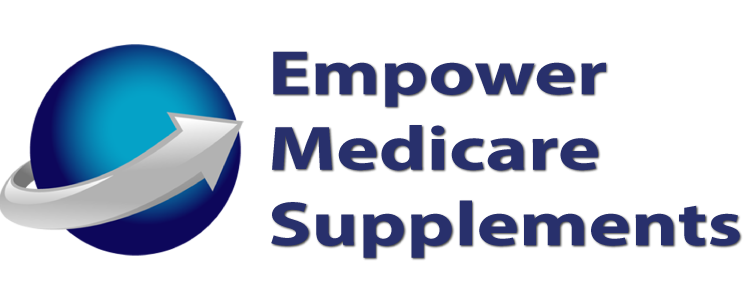 Imagine you are in an accident or a close friend or relative develops an unexpected illness. Unfortunately, a hospital visit is required to get the care you and your loved ones need. Your focus is on healing or making sure your loved ones are properly cared for. Do you stop to think how clean the bed is? Or how clean the surfaces are in the room? Are hospitals clean enough? The number of healthcare-associated infections (HAIs) have reduced significantly over the years. However, according to the CDC, 1 in 25 patients currently in the hospital have at least one HAI. That is a scary statistic. In this series, we will explore issues related to disinfection practices, and new cleaning technologies that are helping the number of HAI cases drop.
Imagine you are in an accident or a close friend or relative develops an unexpected illness. Unfortunately, a hospital visit is required to get the care you and your loved ones need. Your focus is on healing or making sure your loved ones are properly cared for. Do you stop to think how clean the bed is? Or how clean the surfaces are in the room? Are hospitals clean enough? The number of healthcare-associated infections (HAIs) have reduced significantly over the years. However, according to the CDC, 1 in 25 patients currently in the hospital have at least one HAI. That is a scary statistic. In this series, we will explore issues related to disinfection practices, and new cleaning technologies that are helping the number of HAI cases drop.
Properly Trained Personnel
One study showed that out of all the surfaces that required cleaning in a hospital, only 40-50% of surfaces were being disinfected by housekeepers. Performance levels of housekeepers vary and includes the time spent cleaning surfaces, the amount of cleaning supplies used, and how clean they get the surfaces. A study also shows that special cleaning teams like infection control personnel are better at reducing contamination than routine housekeepers.
Another problem for facilities is the high turnover rate for cleaning personnel, which can reach 30-50%. According to a survey conducted, a big reason why cleaning services are not up to par is that the staff is not clear on who is responsible for cleaning which surfaces and equipment. This might be due to subpar training.
Disinfecting Practices
Many factors can contribute to insufficient cleaning practices other than the faulty performance of personnel. Certain types of surfaces can be harder to clean than others. For example, disinfecting wipes rather than microfiber cloths clean some surfaces more effectively. Disinfecting wipes also need to have the appropriate amount of antimicrobial activity to be effective to be effective in targeting pathogens. Some wipes may not even eliminate all necessary pathogens.
Another challenge is that over dilution of cleaning solutions can also prove to be ineffective. This can occur from housekeepers not diluting solutions at the proper ratio, or from malfunctioning auto-dilution systems. One review at a teaching hospital tested 33 automated disinfectant dispensing stations for proper dilution. Fifty percent of the stations did not have the required ammonium concentrations to effectively clean surfaces.
Contamination
Disinfectant solutions can also become contaminated if not used as specified by the manufacturer. Twenty-eight buckets with active disinfectants contained bacteria, according to a study of 9 hospitals. The study discovered that housekeepers did not follow the manufacturer’s directions on how to use the product, thereby contaminating more surfaces.
The Improving Situation
There are new cleaning technologies that are making their way into hospitals and other medical facilities. Our next article in this series will be on some of these tactics, and how they are improving the environment for patients and medical personnel.


